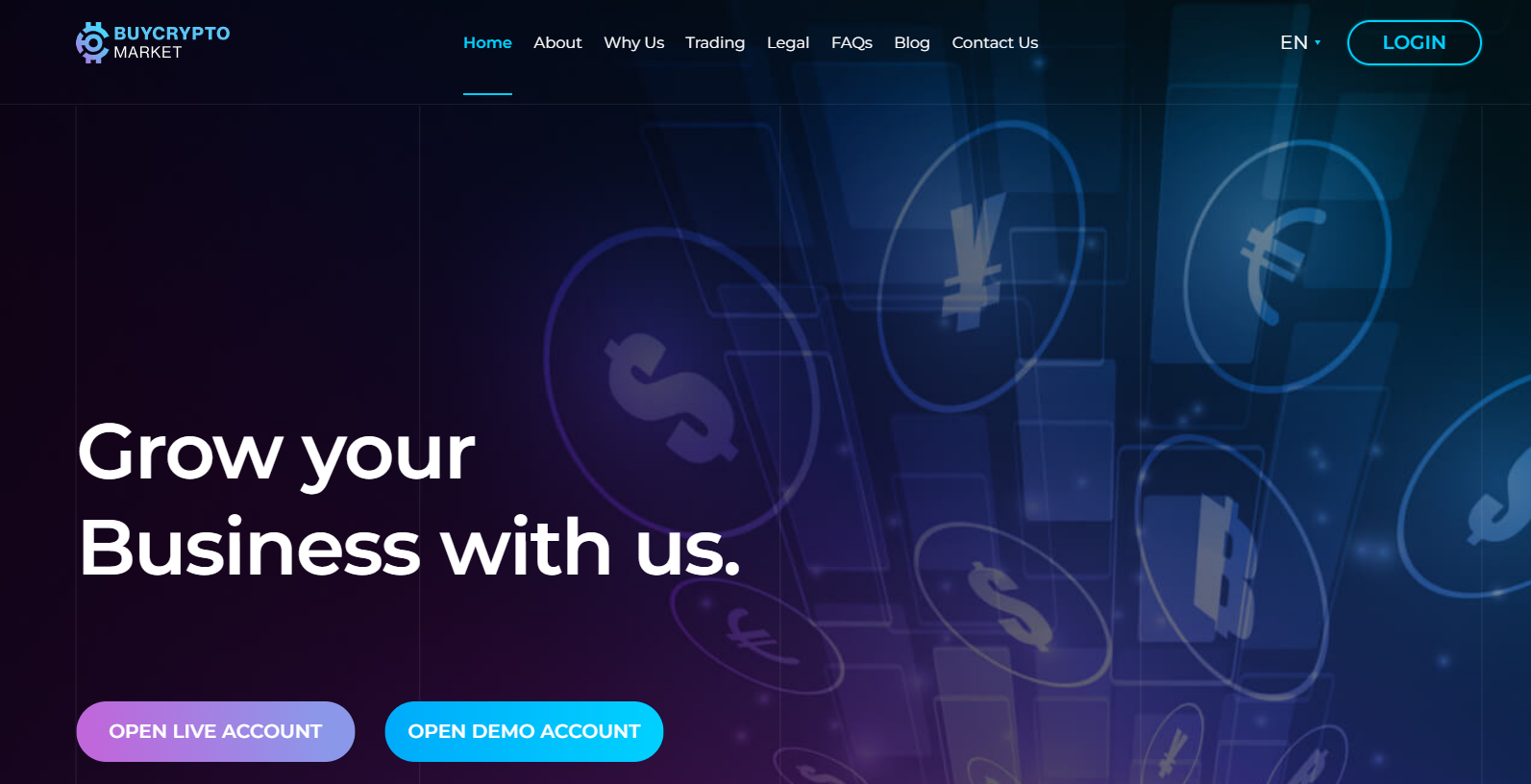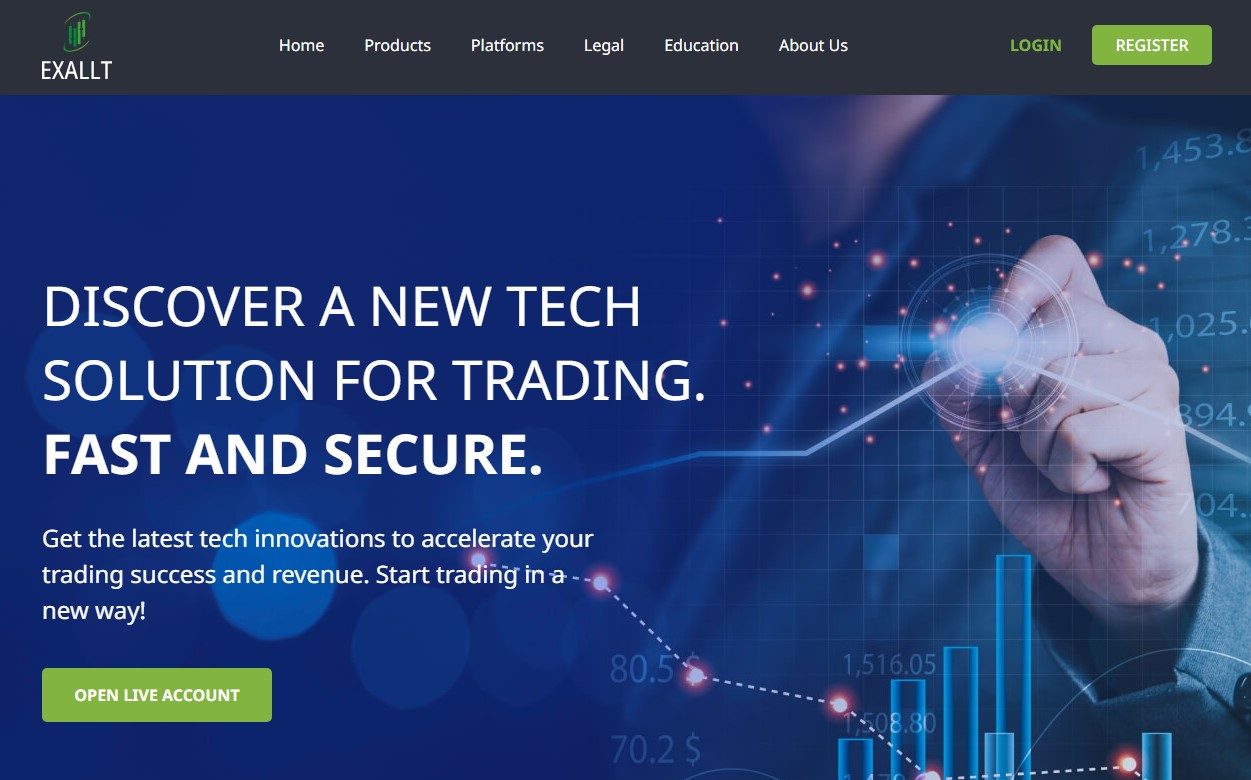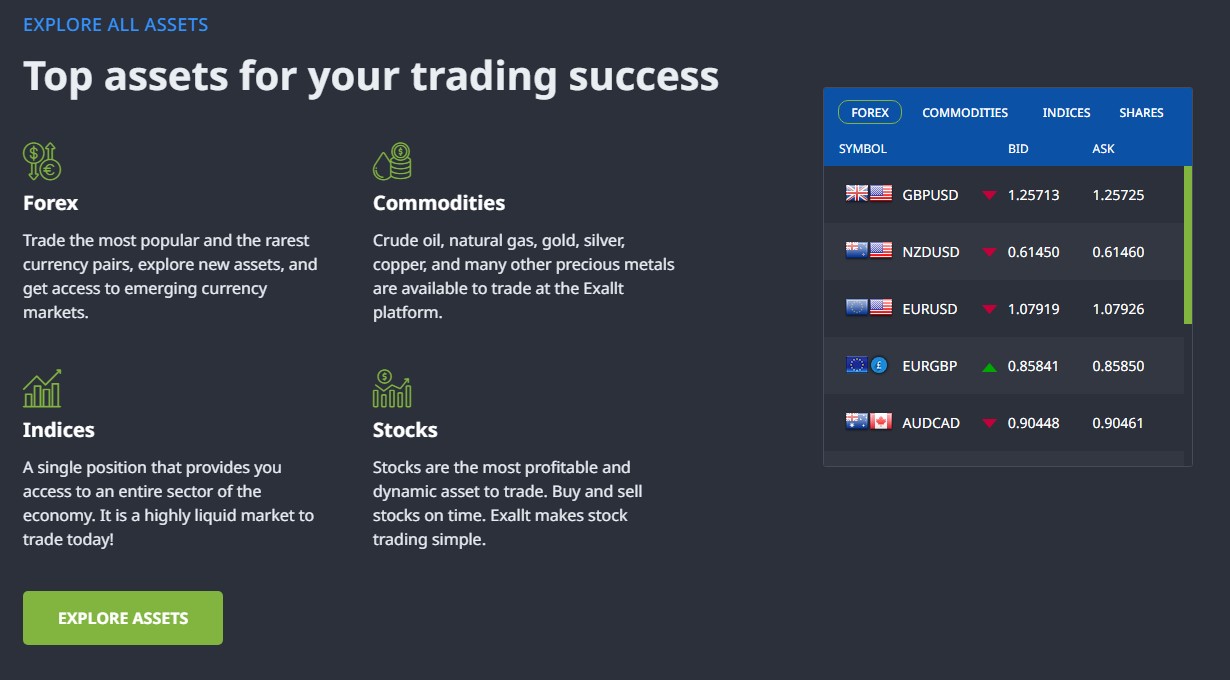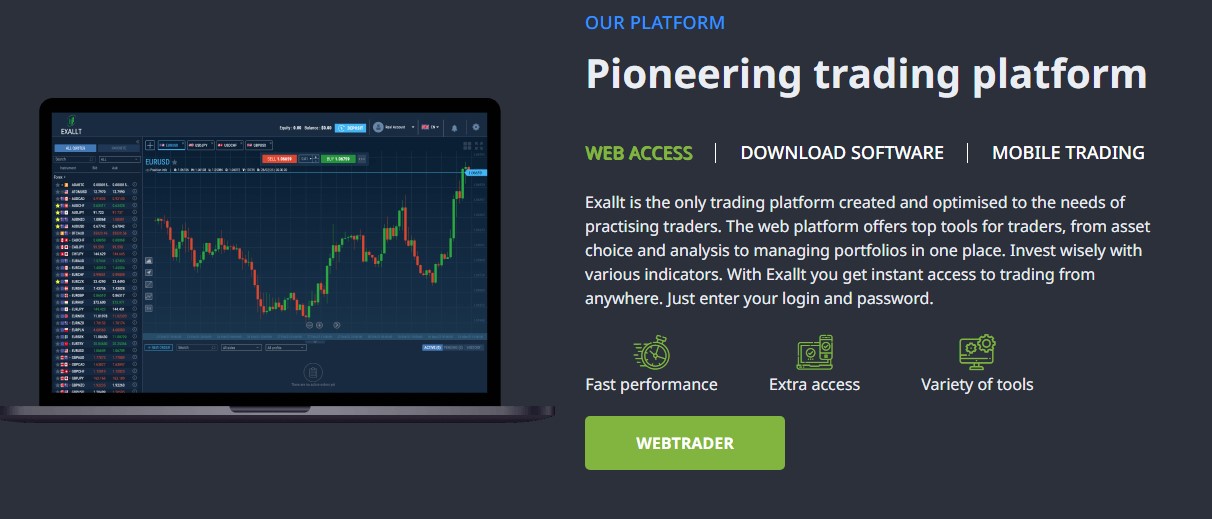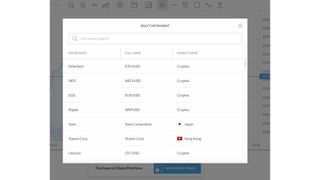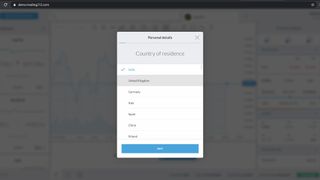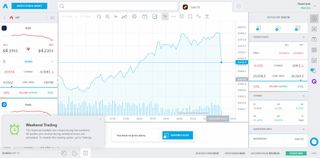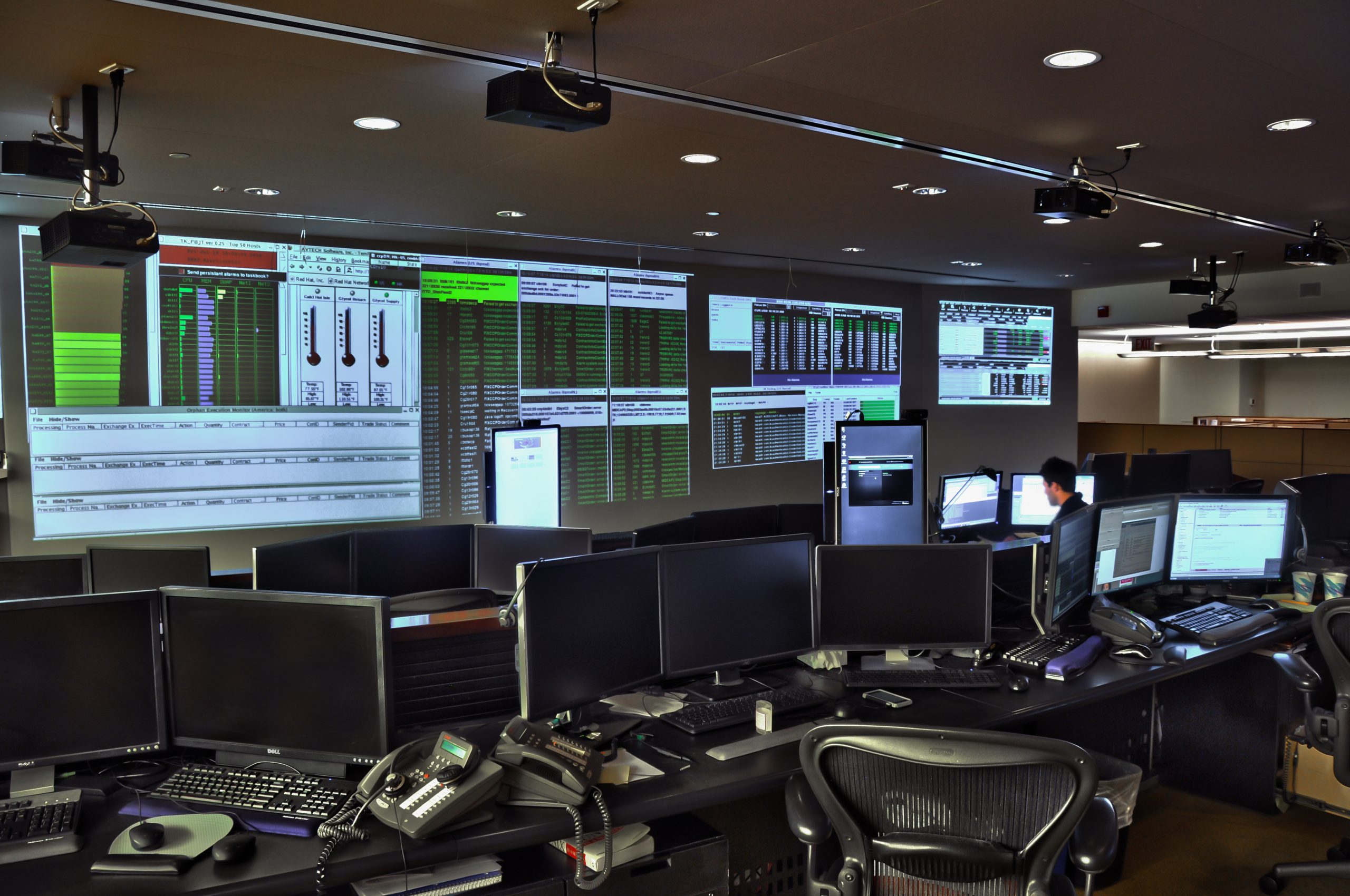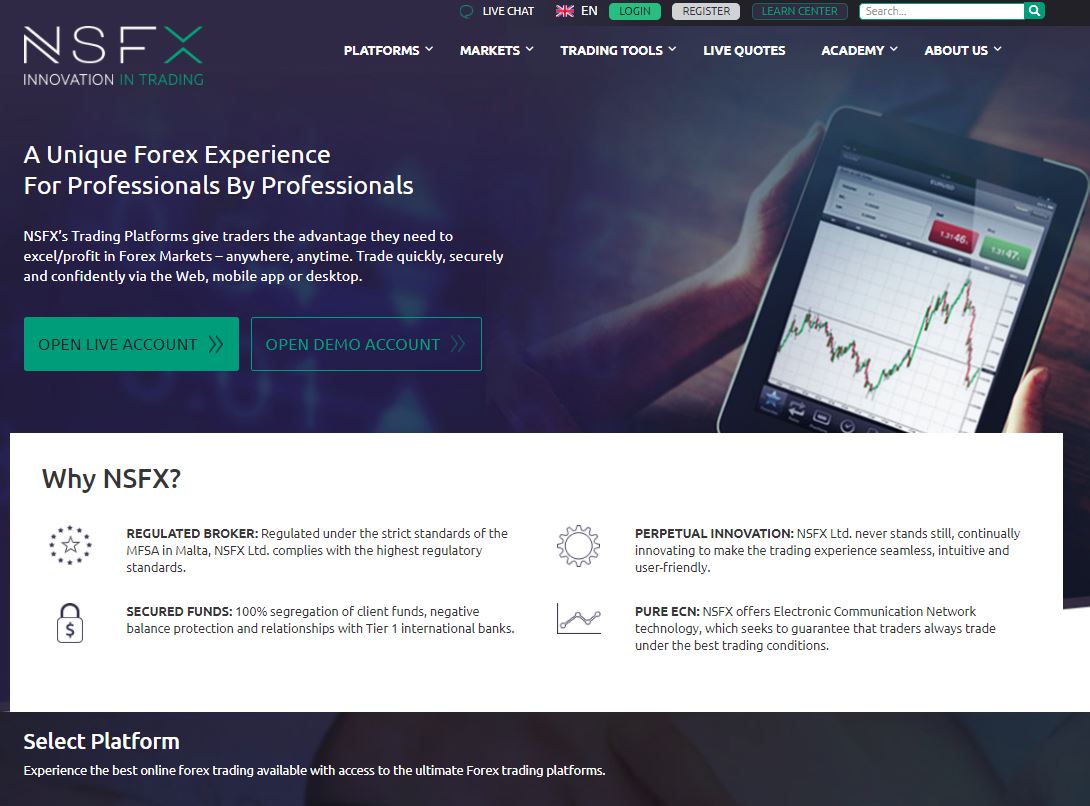In the two previous articles, we explained what you need to do to get started buying stocks, and introduced a few different ways to make money in the stock market. We are now ready to expand on the topic in more detail, with some tips on selecting stocks and building a portfolio.
Selecting stocks
With thousands of stocks to choose from, it helps to develop a process to find and select stocks. You only need 15 to 20 stocks in your portfolio, so it’s important to be very selective.
What does a share actually represent?
Before you start, it’s good to know exactly what you are buying when you buy a share of a company. Shares, stock, and equity all refer to the same thing: a share in the equity (ownership) of a company. There are various types of shares, but in most cases, you will be buying ordinary shares, also called common shares or common stock.
Each ordinary share gives its holder the following rights:
- The right to one vote on important company issues.
- The right to an equal portion of ownership. In the event that the company is liquidated the assets will be equally divided amongst shareholders, but only after creditors, bondholders, and preferences shareholders have been paid.
- The right to receive dividends – if they are paid. Any profits that are not reinvested in the business are paid out as dividends.
- The right to transfer ownership. In other words, you can sell your shares.
- The right to information. Listed companies are obliged to provide certain information to shareholders.
- The right to sue for wrongful acts. Shareholders can sue a company if their rights are not respected.
Share valuations
Owning a share of a company may confer the rights listed above, but ultimately you are probably investing to make a capital gain. That means you hope to sell the share at a higher price than you paid for it. This is where valuations come in.
Price and value are not quite the same things. A share price represents the price at which supply and demand are in equilibrium. However, the buyers probably believe the value to be higher than that price, while sellers believe the value to be lower than that price.
In most instances, for the share price to rise, the market’s perceived valuation of the company must rise. There is no specific correct or incorrect way to value a company, but the following three methods can be considered:
- Intrinsic value, net asset value and book value, which are all similar but not identical metrics, only consider the value of a company’s assets. This method ignores the value of future profits.
- The discounted cash flow model (DCF) ignores the value of the assets and instead considers expected future cash flows. This method would be more accurate if future cash flows were known with certainty – but this generally isn’t the case.
- The dividend discount model considers the value of expected future dividends, which makes it easy to compare a share to risk-free bonds. Again, this method is based on assumptions that may be wrong.
What causes valuations to rise?
The market tends to value growing and profitable companies by considering future revenues, profits, and cash flows. On the other hand, companies that are struggling are often valued based on the value of their assets.
Typically, to sell a share for more than you paid for it, the perceived value needs to rise over a period of time. So, what causes the value to rise? For a company’s value to rise, its profits (or earnings) must rise. There are three ways to increase profits:
- Increased revenue (sales) can occur if a company grows its market share, or if its market share remains stable while the size of the market grows.
- An Increasing gross margin can result from higher sales prices or lower cost of sales. Sometimes a company benefits from economies of scale and the cost of each sale comes down as revenue increases.
- An increasing profit margin can result from reducing expenses or overheads, or even from maintaining overheads while the gross margin rises.
The share price will usually rise when the market begins to believe any of the above will happen or accelerate in the future. If the market believes these numbers will fall, the share price will fall.
The share price may also increase for other reasons. If it raises its dividend or if it appears the company may be the target of a takeover the price may rise. Changes in management or new product release can also result in the price rising if investors think these events may result in higher earnings.
Key ratios
When selecting stocks to invest in, you will often need to compare one company with another. Valuation ratios have limited value when used to value a single share but are invaluable when it comes to comparing the market value of several companies. They can also be used to compare a stock’s current value to its historical value.
PE ratio
The price-earnings ratio, or PE ratio, is calculated by dividing the current share price by the company’s annual EPS (earnings per share). If the share price is $20 and the company’s EPS for the last year totaled $1, the PE ratio is 20/1, or 20. A PE ratio also normalizes the value, regardless of the stock price so you can compare a share trading at $2 with a share trading at $50.
As of September 2020, the market-cap-weighted PE ratio of stocks in the S&P 500 index is 28. The historical average is around 16, so stock values are historically quite high. Mature companies with relatively low growth usually trade with PE ratios between 10 and 15. Rapidly growing companies trade on much higher PE ratios – occasionally as high as 1000.
When actual earnings are used to calculate the PE ratio, it is known as a historical or trailing PE. If estimates of future earnings are used, it is referred to as a forward PE.
Price to Sales ratio
Often rapidly growing companies reinvest all their profits, or even run at a loss. In this case, the PE ratio cannot be calculated. The next best thing is the price to sales ratio, calculated by dividing the share price by revenue per share.
EV/EBITDA
This is a slightly more accurate way to compare company valuations but is a lot more complicated to calculate. EV stands for enterprise value and is calculated by adding debt and cash to the market capitalization of the company.
EBITDA stands for Earnings Before Interest, Taxes, Depreciation, and Amortization. This metric gives a truer reflection of the operating performance of a company than the basic EPS number.
The EV/EBITDA ratio can be used to compare companies with very different capital structures and operating models.
Other metrics to consider
Countless other ratios and metrics are used to analyze a company – but the following are the more essential numbers to consider.
Market capitalization
Market capitalization is calculated by multiplying the stock price but the number of outstanding shares. This is the value investors are placing on the company. Larger companies are typically more established, and their share prices are less volatile, while smaller companies carry more risk, but can grow faster.
As a general rule of thumb, a company valued at less than $1 billion may carry considerable risk, while companies worth more than $10 billion are mostly lower-risk investments.
Revenue growth rate
This is the rate at which revenue is growing each year. Ideally, the growth rate should be growing consistently each year, if not accelerating.
EPS growth rate
The EPS growth rate reflects the annual percentage growth in EPS. Unless a company is entirely focused on revenue growth, EPS should also be growing consistently.
Gross margin
The gross margin is the gross profit as a percentage of total revenue. Gross profit is calculated by subtracting the cost of goods or services sold from revenue. This is the company’s profit excluding expenses and one-off items.
Operating margin
The operating margin is calculated by subtracting normal expenses from the gross profit and then dividing the result by total revenue. This margin reflects the profitability of the company’s core business.
Profit margin
The profit margin is similar to the operating margin but accounts for expenses that are not related to the company’s core business.
ROE
A company’s return on equity is calculated by dividing net income by shareholder equity. It indicates how effectively the company is using its assets and capital to generate profits. A common rule of thumb is that the ROE of a company should be above 15%.
Debt to equity
A company’s debt to equity ratio shows you how much debt the company has relative to its equity. Debt to equity ratios vary from industry to industry and should be compared to similar companies. As a general rule of thumb, the debt to equity ratio should be less than 2.
Dividend yield and dividend cover ratio
The dividend yield is calculated by dividing the total paid out in dividends over the last year by the current share price. This allows you to compare a stock to other income-generating assets. Not all companies pay dividends, in fact, most rapidly growing companies often prefer to reinvest all profits in the business. So, the dividend yield is only relevant to certain companies.
The dividend cover ratio is the ratio of EPS to annual dividends. This will give you an idea of whether the company can continue paying a dividend if its earnings take a knock. A ratio of three or higher is preferred.
Expectations vs reality
Stock prices typically reflect the market’s expectations about the future. Substantial price changes occur when expectations change – either at the company level, the sector level, or at the level of the entire market or economy. If there is no reason for expectations about the company to change, a stock’s price will usually track its sector or the market as a whole.
News should always be considered in the context of expectations. Good news can be bearish if the market is expecting great news, and bad news can be bullish if the market expects terrible news.
Buy low, sell high – or, buy high, sell higher?
One might assume that the way to make money in stocks is to buy low and sell high. Indeed, some of the best long-term investments can be made when stock prices decline. But that’s not the only way to approach investing. Sometimes you can buy low and sell high, but sometimes you will need to buy high and sell even higher.
Buy low, sell high
There are three types of situations where buying low and selling high makes sense. The first is when the entire market experiences a correction (a fall of around 10%) or a crash (a fall of 20% or more). This is the best time to buy stocks as you will find high-quality stocks trading at low valuations. This is when you should buy blue-chip stocks to hold for a long time.
The second is when the price of one stock declines because of stock-specific news. Often the price will fall too far, offering a great opportunity. The key is to carefully consider how likely it is that the stock price will indeed recover – was the news that led to the fall a temporary setback, or does it change the long-term picture for the company? If the setback was temporary, you may have an opportunity to make a great long-term investment
Finally, some industries are cyclical, and the stocks of companies in these industries sometimes trade in a clearly defined trading range. Examples include mining, energy, and construction. The time to buy cyclical stocks is after they turn the corner at the lower edge of the trading range. The time to sell them is if or when they lose momentum at the upper end of the range.
Buy high, sell higher
Some market-leading stocks remain in strong bullish trends for years at a time. Those investors waiting for a correction often never get one, and miss out on some of the best returns they could have earned. These are typically growth stocks with strong price momentum, and they often trade on very high PE ratios. For these types of stocks, there is often no alternative but to buy high and sell even higher.
Investing in momentum stocks does come with more downside risk than buying stocks that have already fallen, so you will need to manage risk carefully. You can manage your risk by doing the following:
- Only buy the very best momentum or growth stocks. Stick to companies with a unique competitive advantage in a growing market.
- Start out with a small position. If an investment is successful it will grow into a meaningful position in your portfolio on its own.
- Decide how much you are prepared to lose before you invest – once the position is showing a profit you can risk a little more, but don’t allow yourself to lose more than the initial amount you were prepared to lose.
How to find stocks to buy
With thousands of stocks to sift through, it helps to use tools that make the job easier. You can find lots of stock screeners online that you can use for free. One of the most popular is Finviz, a stock screener you can use to filter over 7,500 stocks according to 70 different criteria. Some brokers also have stock screeners on their websites.
When should you sell?
In many ways, selling a stock at the right time is more important than the initial decision to buy the stock. Sometimes the right thing to do is hold the stock for a very long time and ride out any volatility. For other stocks, it may be best to sell after a strong run and when momentum slows. And, there will also be times when the best thing you can do is sell for a small loss before it becomes a large loss.
Your criteria for selling a stock should always be related to your reason for owning it in the first place. If you invest in a company because you believe the business has the potential to continue growing for a long time, then you should hold the stock until you believe the company can’t grow anymore. The price will go up and down along the way, but the price action should not influence your decision to sell.
If you buy a stock that you know is quite expensive and already pricing in a lot of future growth, you may need to watch the price action more carefully. Momentum stocks can easily fall 50% or more – in which case you will need the price to rise 100% just to get back to breakeven. There is no point holding onto a stock like this once the uptrend breaks. In this case, you may need to take a small loss or give up some of your profit, but you can always re-enter when the price stabilizes and begins rising again.
Managing your portfolio
The reality of investing is that some investments work out well while others don’t. This is just one of the reasons to spread your investments across a portfolio of stocks. Over time you can stick with the winners and let go of the losers and those that you believe have run too far. You can also manage the risk profile of your portfolio by buying different types of stocks.
Diversification and asset allocation – the key to risk management
Diversification is the best way to manage risk in a portfolio. As you add more stocks, you reduce the impact that one bad pick can have on your portfolio. However, research suggests that the benefits of diversification become marginal when the number of stocks exceeds 20. There is no harm in owning more stocks, but as far as diversification goes it is unnecessary. There is also something to be said for keeping things focused with 15 to 20 stocks.
Reducing volatility
If your entire portfolio is made up of volatile stocks you will have to watch its value rise and fall substantially. This may cause you to act impulsively and sell stocks at exactly the wrong time. You can reduce the volatility of the portfolio by including the following types of stocks and ETFs:
- Defensive stocks are the stocks of companies that are not very sensitive to economic cycles. These are companies that have relatively predictable income streams and manage to sell their goods and services regardless of the state of the economy. Examples are companies that sell household products (Procter and Gamble, Johnson and Johnson, etc), pharmaceutical companies, and utilities (power, water, etc).
- Bonds have lower average returns than stocks, but they are also less volatile. Allocating 10 to 20% of a portfolio to a bond ETF can have a substantial effect on volatility.
- Gold is one asset that very often rises when stock prices fall. A small allocation (2 to 5%) to a gold ETF can also reduce volatility.
- Cash is obviously the least volatile asset, though the returns are also very low. Nevertheless, holding some cash is a good way to reduce volatility.
Over time, your returns will probably come from the other stocks in your portfolio – the blue-chips, the growth stocks, and the small caps, but holding some defensive stocks and ETFs will help you ride out any volatility without losing your nerve.
Conclusion
This article is all about investing in individual stocks. As mentioned in previous articles, you can also invest in stocks by buying ETFs. You can also do both, with a core ETF holding and a handful of the stock you really want to own. If you are just beginning your investment journey, a sensible approach is to start with ETFs and gradually add individual stocks as you learn more about the market.


